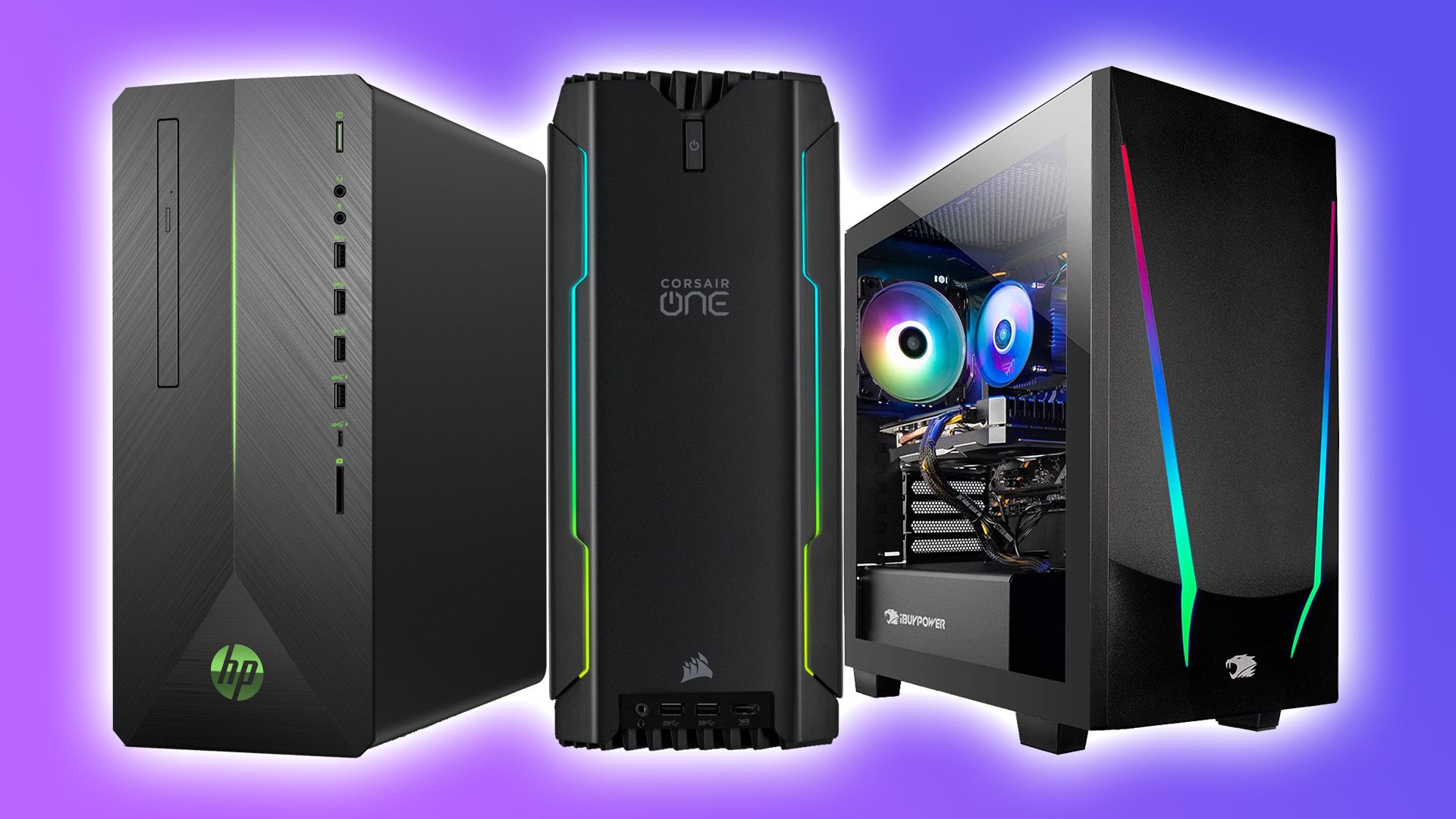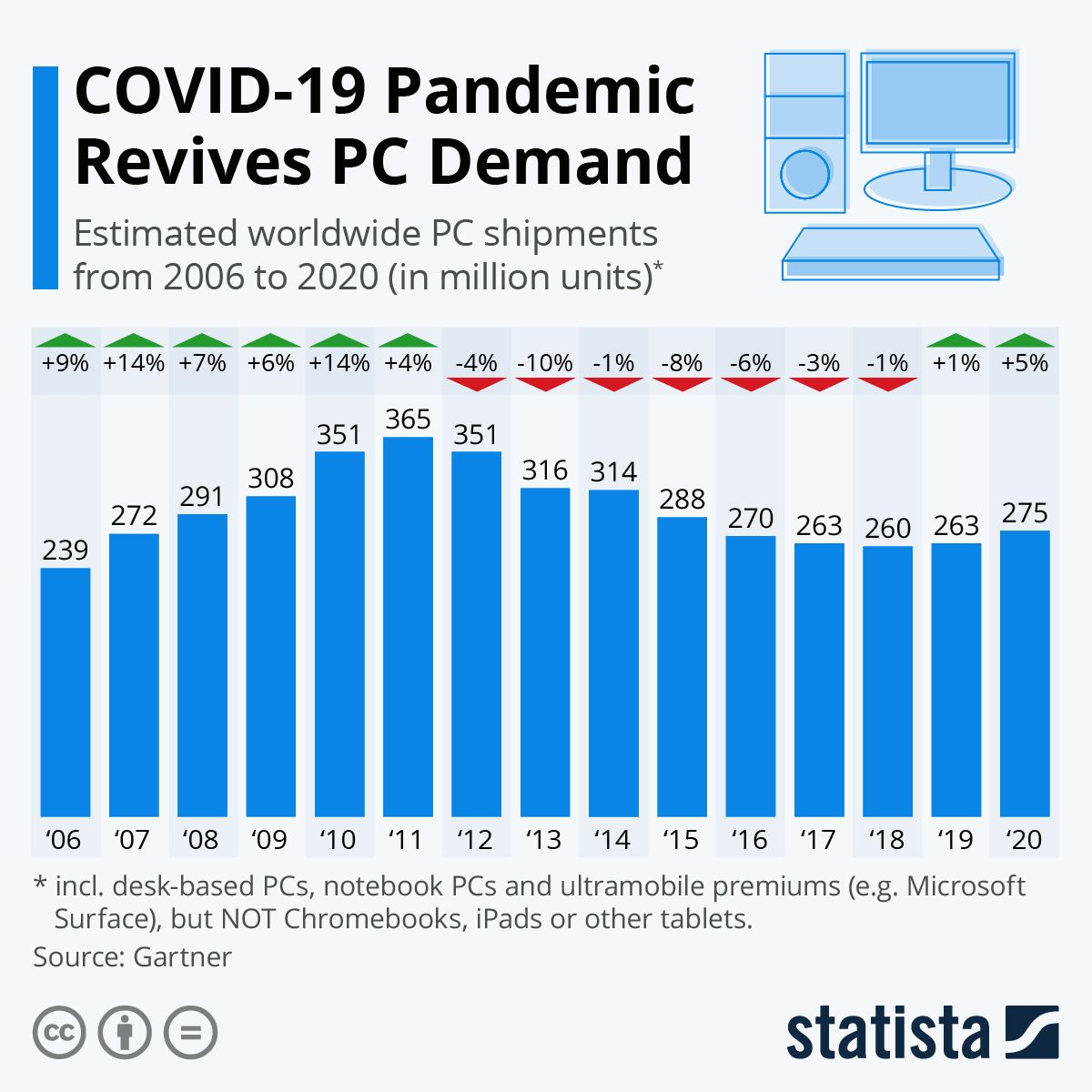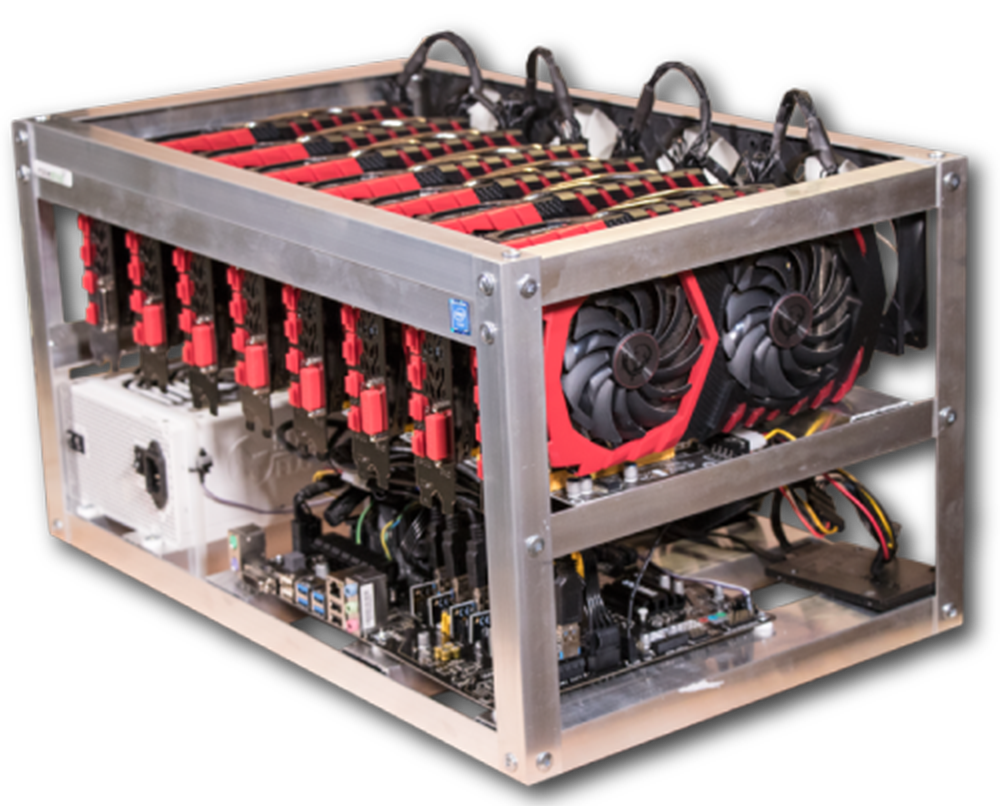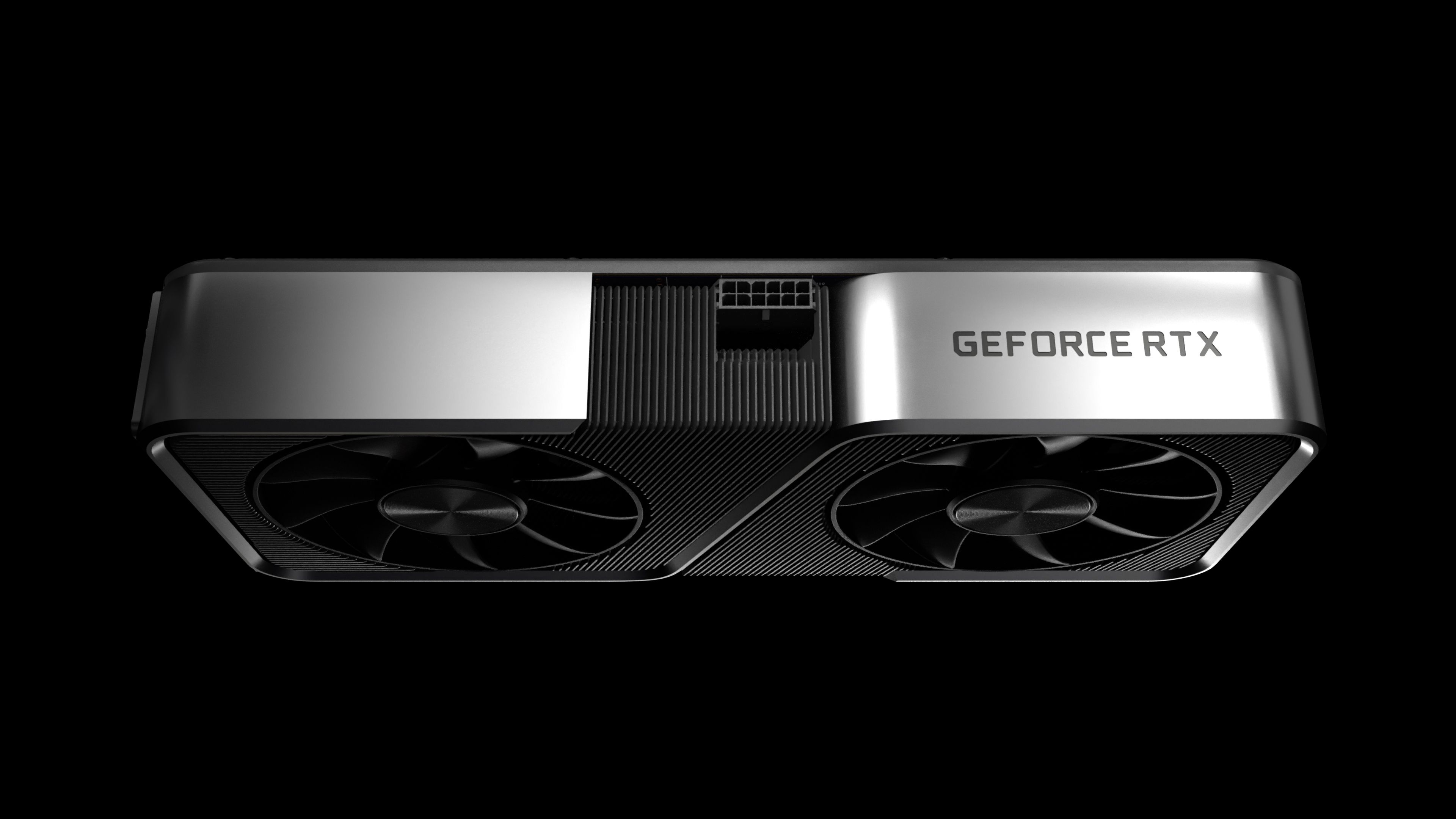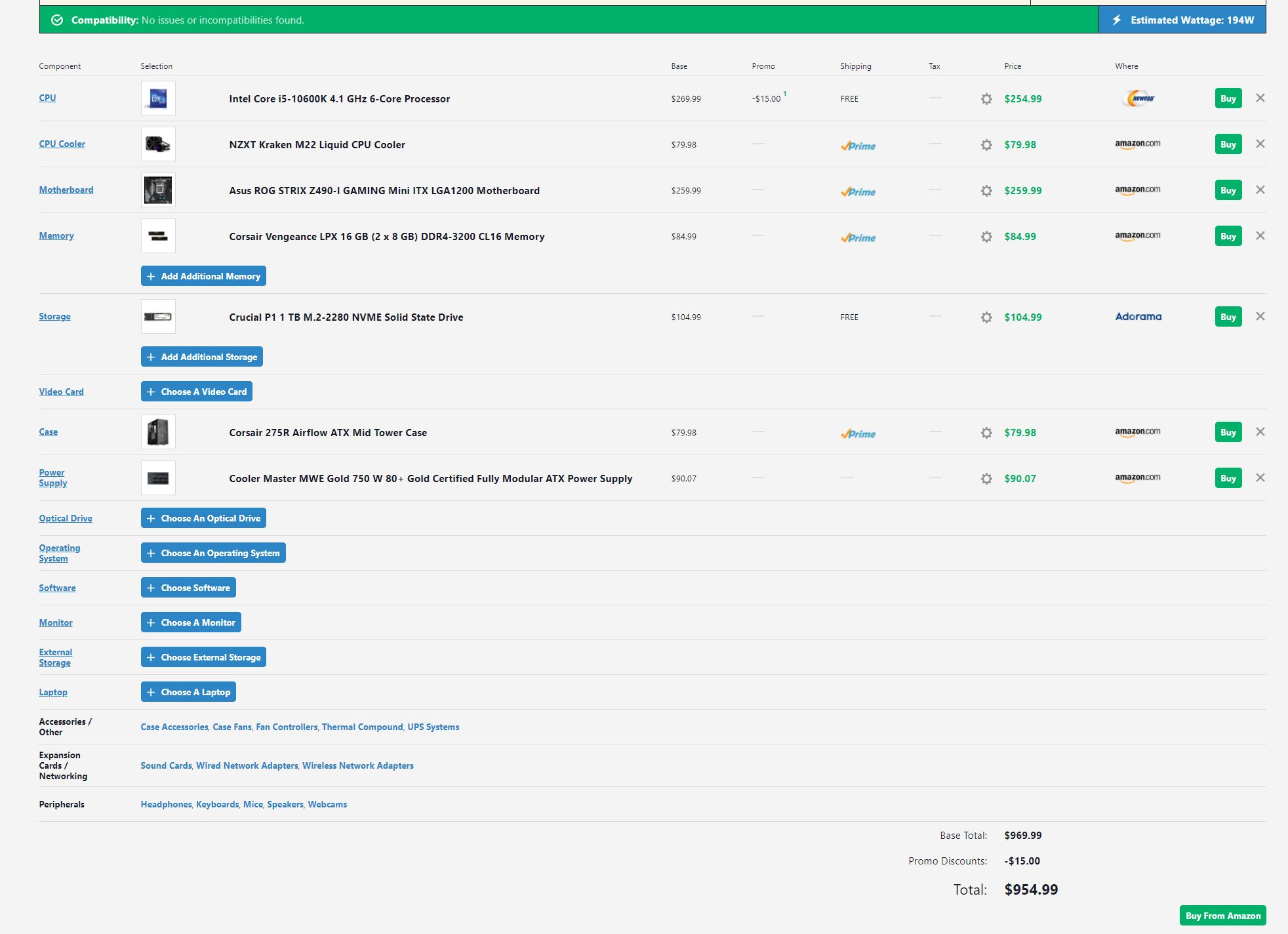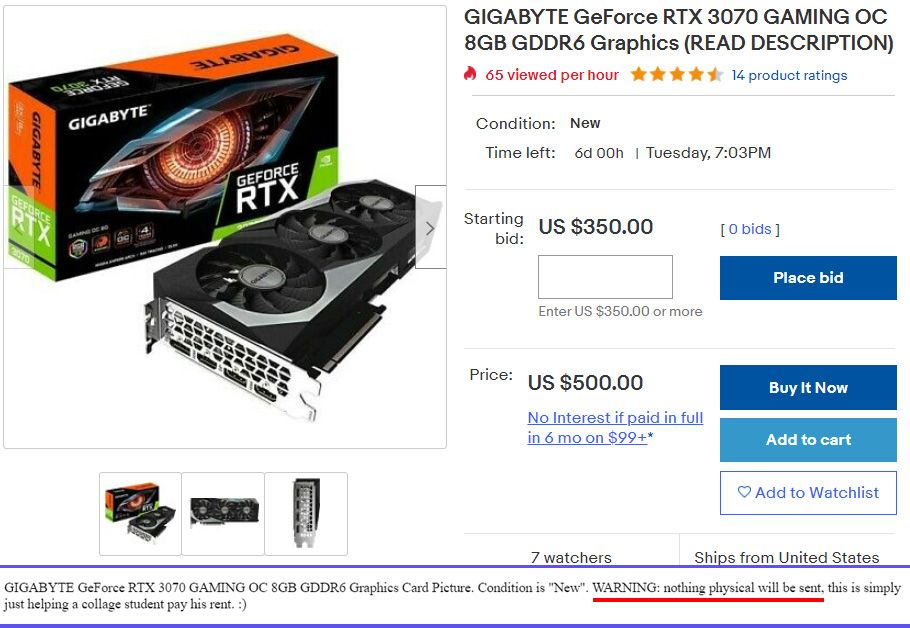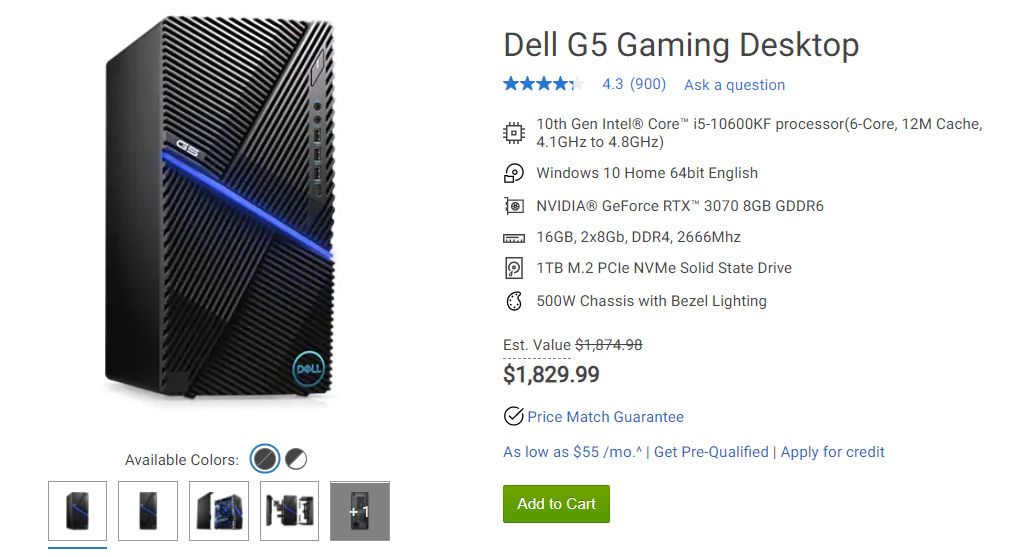Quick Links
The conventional wisdom is that you can save a lot of money on a desktop computer by building your own. But at the moment, that's not really true. A combination of factors including the COVID-19 pandemic and huge fluctuations in cryptocurrency mean that it's a lot more expensive to buy high-end parts, if you can even find them at all.
So, we're in a rare situation. It actually makes a lot more sense to buy a pre-built computer right now, even if you have the know-how to choose your own parts and assemble them. This is especially true if you need a computer with a discrete graphics card, for gaming or high-end media production.
What the Heck's Going On?
So, what's with the crunch on parts? There are a few different factors. First, the COVID-19 pandemic has created a higher demand for desktop PCs as people invest in home offices for remote work or just expand their in-home entertainment. Not only does that mean there are fewer parts to sell on their own, it means that large computer manufacturers like Dell, HP, and Acer are hitting those supply lines harder, too.
And because parts suppliers like Intel, Asus, and MSI can get more profit out of bulk orders, the PC makers take precedence over end users who buy one part at a time. It's a big shift. PC sales have actually increased by a significant amount this year, reversing an eight-year trend since the rise of smartphones and tablets.
We're also seeing some dramatic increases in computer power. With Intel's 10th-gen Core series of processors and AMD's competitive Ryzen 5000 series, we're seeing a significant bump in power and efficiency at most price levels, which means it would be a good time to get a new processor even without the pandemic. Ditto for GPUs: The NVIDIA RTX 3000 series of graphics cards seem to have worked out the kinks of the previous gen, and AMD's Radeon cards are keeping up competitively.
If everything were normal, it would be a really exciting to be a PC gamer. And I guess it still is ... but only if you're rich enough to afford all this new hardware. And even if you are, you might still have trouble tracking it down, because there's even more going on: Another boom in the cryptocurrency market.
Yup, the price of Bitcoin is surging again, which means that more people are buying more numerous and powerful computers with which to "mine" it and other currencies. Cryptocurrency is a complicated subject, but to boil it down to the essentials: You can use a computer to turn electricity into digital "coins" sold as a commodity, like stocks or bonds. The more powerful your computer, the more coins you can mine. Graphics cards are particularly efficient at this, so miners are buying up as many cards as they can get their hands on and running them in massively powerful mining computers.
It's a frustrating situation if you're a gamer or a professional artist because all those sweet, sweet computer parts are just sitting there, almost literally crunching numbers, and not being used to run Minecraft at 16K and 300 frames per second. Bitcoin and its brethren tend to rise and fall in waves, but there's no telling when this particular wave will break.
Scalpers on the Hunt
With demand for all high-end computer parts rising, but particularly CPUs and GPUs, the secondary market is on fire. If you can get your hands on a new Ryzen 5000 processor or RTX 3000 card at retail price, you can reliably turn it around on eBay or Amazon for a profit. For the most powerful parts, that profit might be double or triple the original investment.
In economic terms, that means blood in the water. The sharks in this metaphor are scalpers, buying up new PC parts as soon as they're available and hoarding them to turn around for those with enough disposable income to pay their exorbitant prices. We're seeing the same thing happen for the new generation of Xbox and PlayStation consoles.
But scalpers aren't waiting outside of Best Buy and Walmart, hoping for a proverbial worm for the early bird. They're banding together in loose pseudo-companies, using sophisticated software tools to order up CPUs, graphics cards, game consoles, and other in-demand electronics en masse. Some of these pseudo-companies have managed to amass stockpiles of thousands of individual units. This isn't illegal, strictly speaking, it's just scummy and frustrating.
While manufacturers can't make these sophisticated electronics fast enough to supply even a normal consumer market, scalpers are skewing the fairly benign forces of supply and demand to the breaking point. There are some efforts to combat this: Newegg is offering a ticket system to let people buy in-demand parts at retail price. But even so, demand is still so high that your odds of getting one at the "real" price are vanishingly low for the time being.
Time to Buy Pre-assembled
One section of the market gets CPUs, GPUs, and other parts at the best price: The companies that make computers and sell them as single units. Parts suppliers are interested in maintaining those relationships, so companies like Dell, Acer, Lenovo, and even more boutique manufacturers like CyberPowerPC and Falcon Northwest will get first crack at the limited pool of high-end parts.
And because those companies want to, you know, sell computers, their prices for desktop PCs haven't moved all that much during the current crunch. This means that if you're thinking of building a new PC or even just upgrading your existing build with a new CPU or graphics card, it makes more sense to buy pre-assembled right now.
This goes for almost anything except ultra-low-power builds---even mid-range builds without a dedicated graphics card. But if you're going for a high-end machine with a processor and graphics card from the latest generation, it's especially true.
Put It to the Test
Here, I'll do an experiment with PC Part Picker: I'll make my ideal gaming desktop if I was picking parts for myself right now. With the latest-gen Core i5 processor, 16GB of RAM, 1TB of M.2 storage, and the parts to connect them all together, I'm looking at about $950, before I add on a graphics card. I'd price out an RTX 3070 ... except there are none in stock in the PC Part Picker database right now!
So, how much will you pay for that graphics card, if you're forced to go to the scalpers right now? The cheapest I could find on Amazon is a teeth-grinding $1200, seven hundred dollars above the retail price.
I found one at retail price on eBay ... where the title instructed me to read the description. It reads as follows, for a $500 card:
So yeah, it's a freaking hive of scum and villainy.
The cheapest listing that I could find in the United States, which claimed to be selling an actual card and not a photo or an empty box, was $799. That brings the cost of my self-assembled gaming desktop to $1650. And that's assuming that you ever get that graphics card, and don't find yourself pestering PayPal for a refund. Assuming you go with Amazon, it costs $2050.
Now let's let our fingers do the walking over to Dell. A custom gaming desktop with approximately the same specifications (same processor, GPU, RAM, M.2 SSD, in a basic case) costs $1829 right now. When you factor in shipping parts and tax from multiple stores, plus $100 for the Windows 10 license you'd have to buy, it's approximately the same as the best-case scenario ... and way less than that Amazon purchase. You're still paying a $150 premium over the retail price for that RTX 3070 card, but it's a much better deal than trying to appease the scalpers.
Crucially, that Dell computer comes with a one-year warranty on not just the computer itself, but all of the individual parts. And,it can be at my door in under two weeks. There are ways to juice the value there, too: If I went with the bottom-tier RAM and SSD from Dell, and used the savings to buy the ones from PCPartPicker, I could save $300 ... and replace them with just $140 worth of add-on parts. I could even make a few bucks selling the slower hard drive, or keep it for extra storage. And of course, you can often find pre-built configurations on sale.
Here's the point of this thought experiment: You'll almost certainly save time, money, and frustration by going with a pre-built desktop right now, assuming you don't go all-out with the customized extras. That's going to remain true until the current parts crunch is over.

